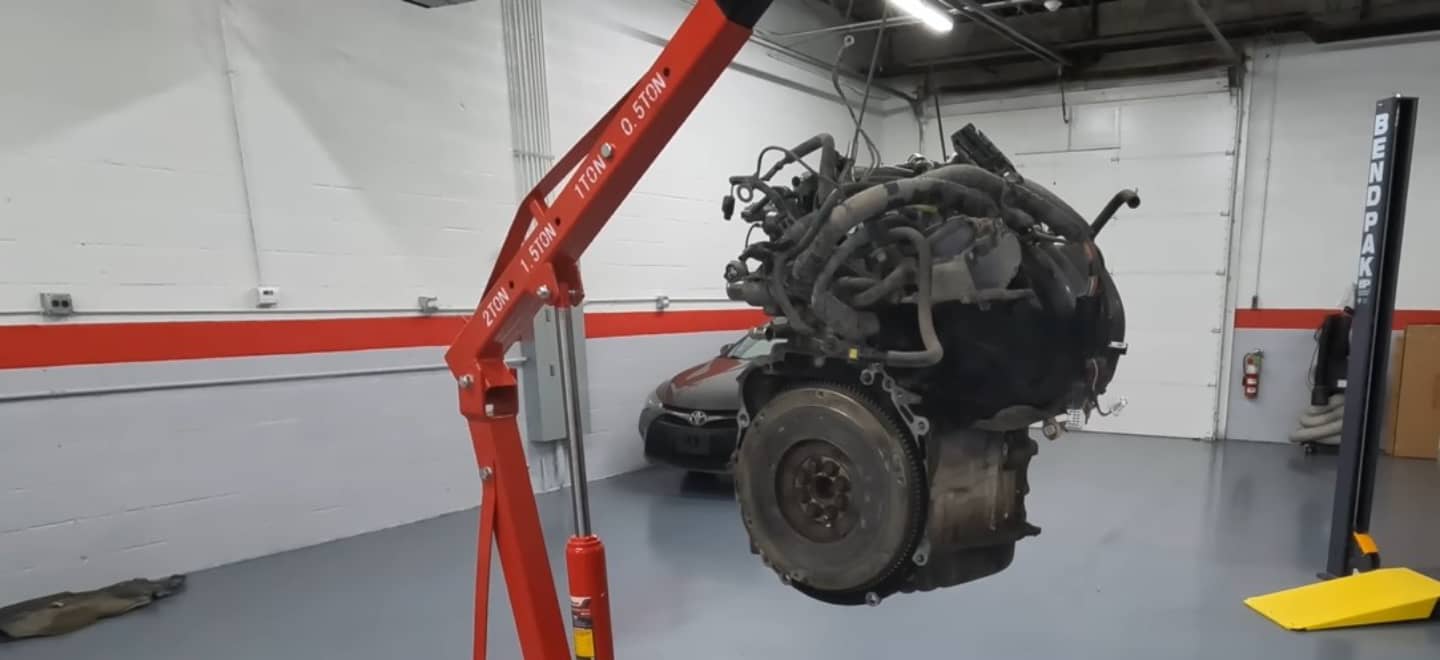The owner of this vehicle is one of those drivers who takes care of his car up to date: it is one of the keys so that your engine has endured 300,000 miles (482,803 kilometers) without suffering a serious breakdown. The channel video The Car Care Nut shows what the useful life of a mechanic can be when proper and regular maintenance is carried out.
It is also a perfect example to show what is behind the remarkable reputation for reliability attributed to Toyota. The protagonist, in question, is a 2009 Toyota Camry equipped with a 2.4-litre four-cylinder ‘2AZ-FE’ engine. It is a particular model because it is one of the few that was launched that year, in the United States, with a manual transmission: its owner wanted this configuration and did not hesitate to travel from Illinois to Florida to acquire it.
The Toyota Camry has received all the care meticulously: its owner Only had to change the clutch a couple of times. A couple of repairs to which must be added the usual maintenance costs: four sets of tires, three batteries… And gasoline, of course. Apart from this, nothing went wrong with this model: the services are up to date, it is clean and the paint on the body is shiny.
One serious problem
However, despite its strict maintenance and the fact that the vehicle works, Toyota Camry engine burns oil: spends, more or less, a liter of oil every 240 kilometers. Which is the reason? The problem is not due to the age of the engine, nor is it due to a lack of care: the fault lies with the piston rings, which, in this particular model, were defective. The solution is to rebuild the engine with new pistons and rings.
Leaving aside the problem with the pistons, The engine works perfectly and when they disassemble it they check the state of its components: No major leaks, no rust. The connecting rod bearings show only wear and tear, although they do not need to be replaced yet. The crank pins are also intact, while the cylinder head and cams look almost new. The engine has no sticky oil deposits, although there is some carbon buildup that doesn’t appear to affect performance.




